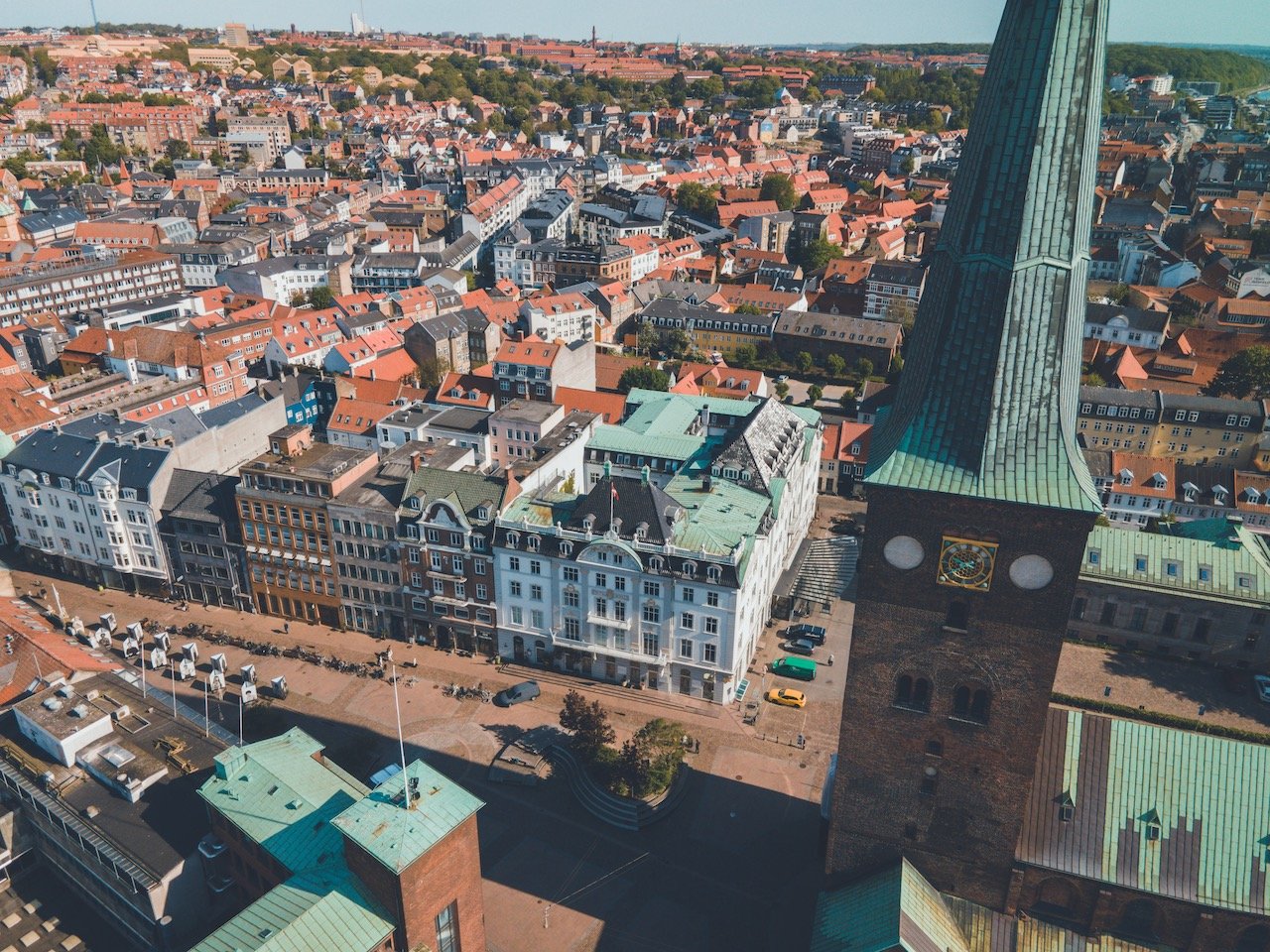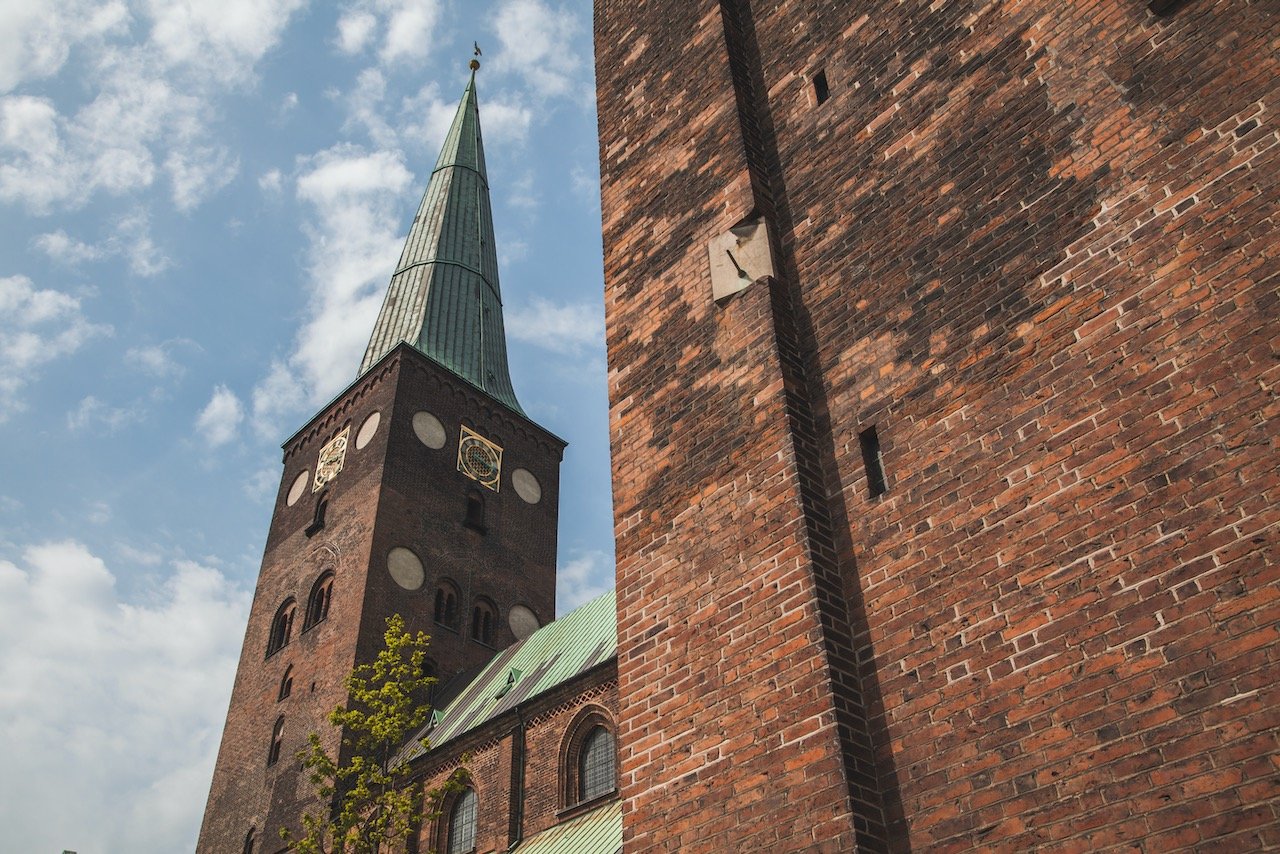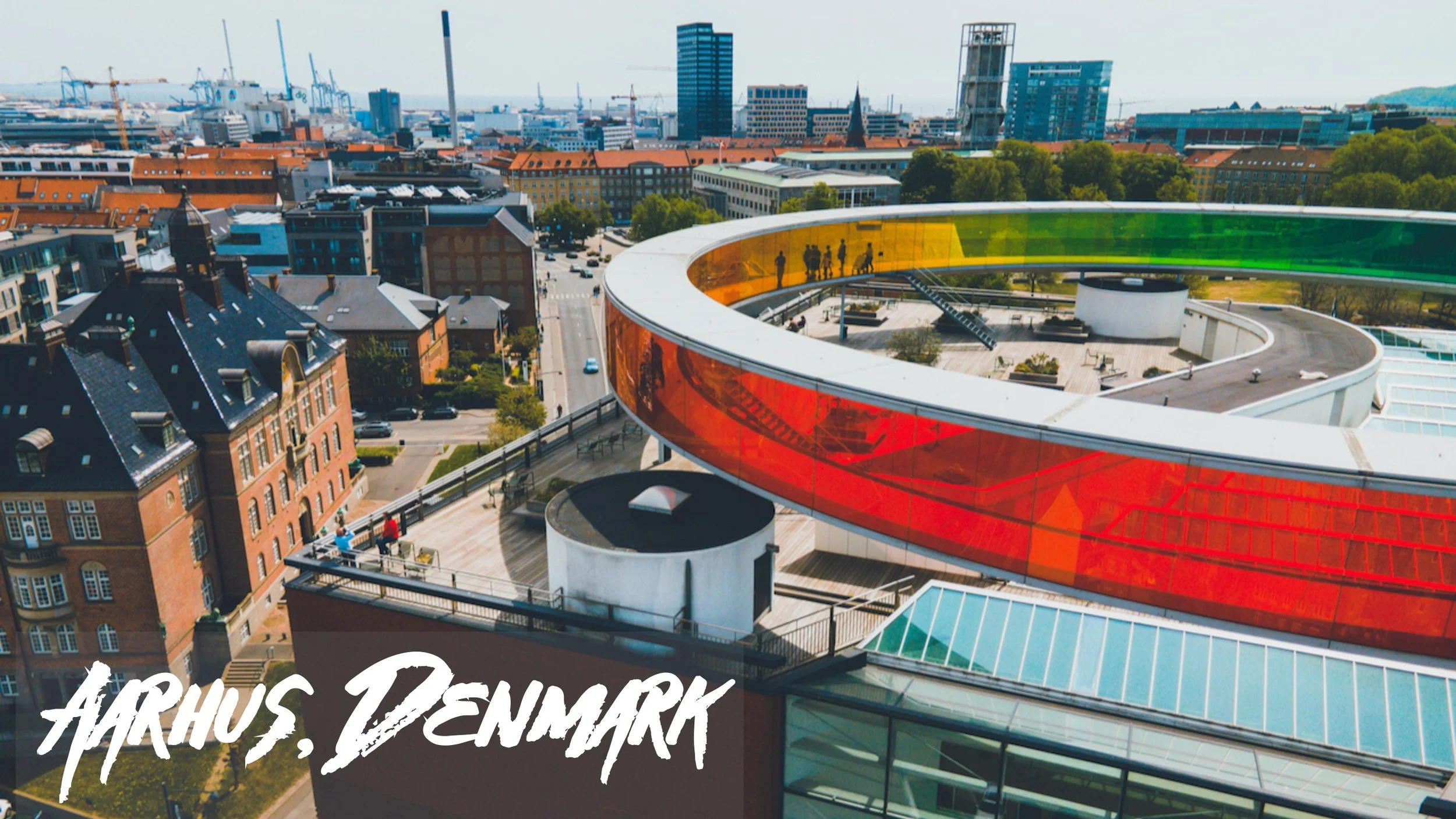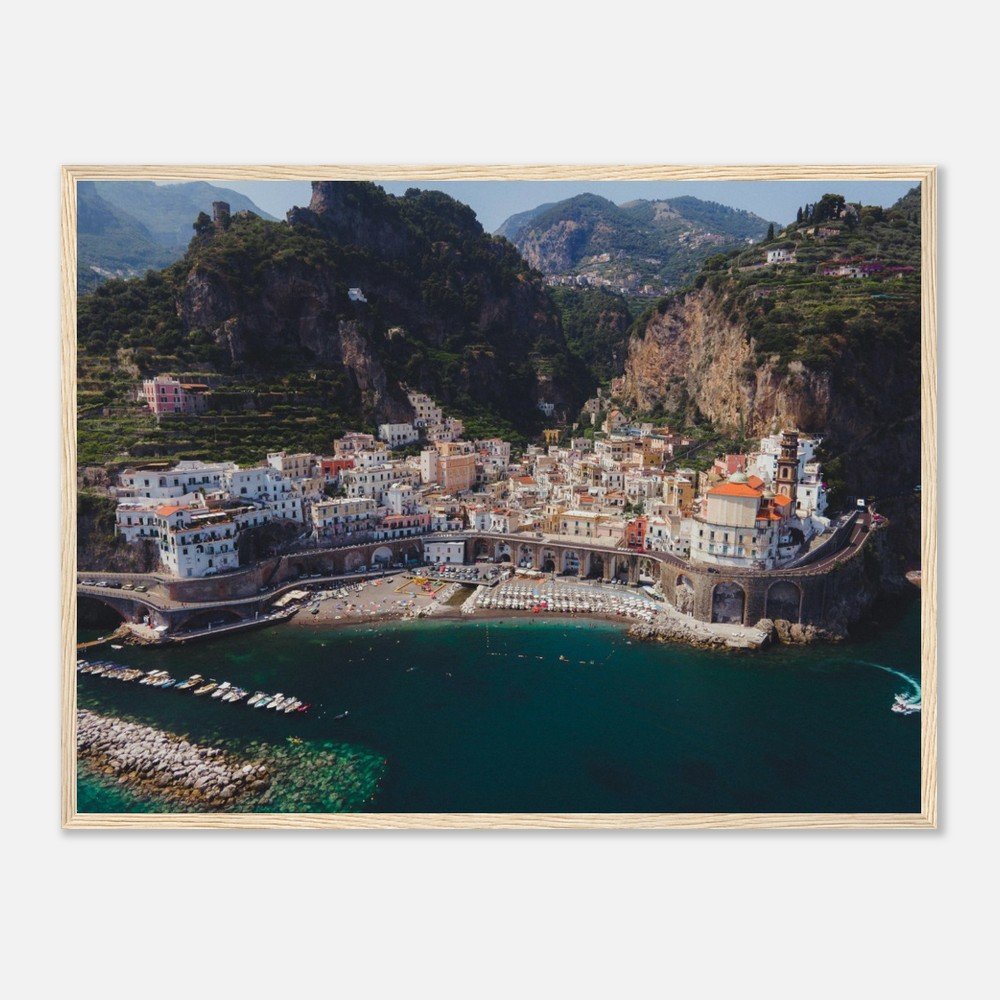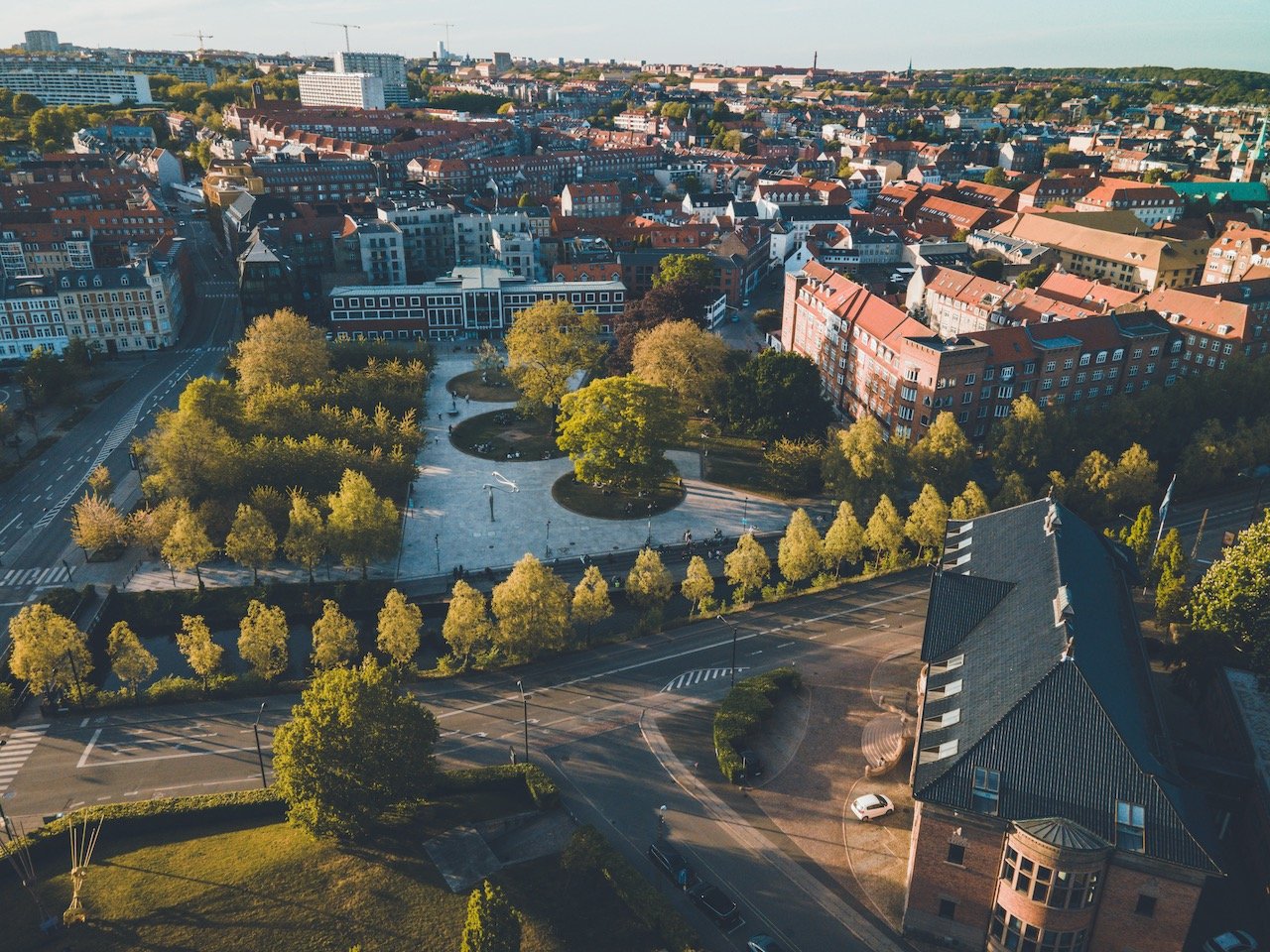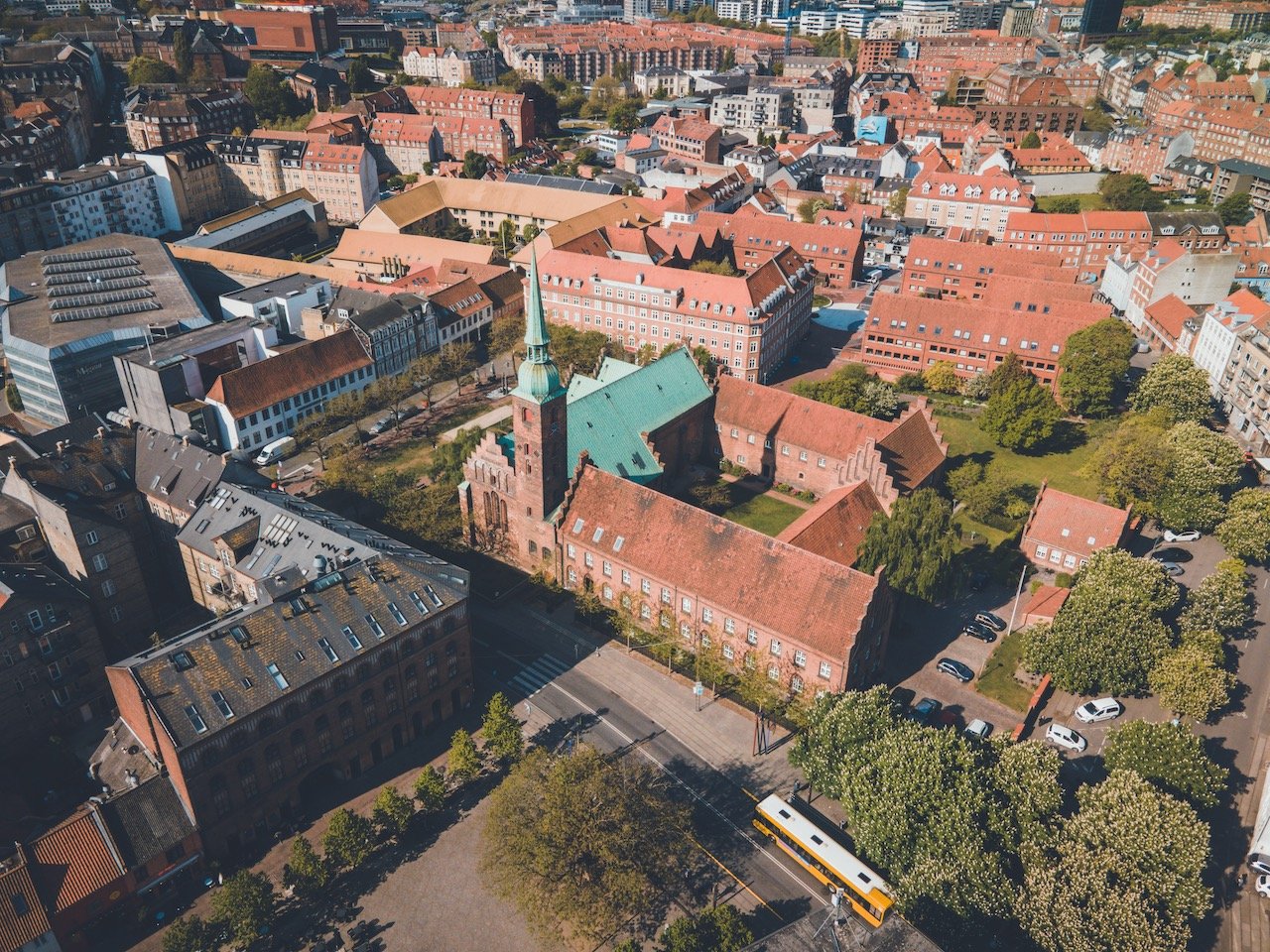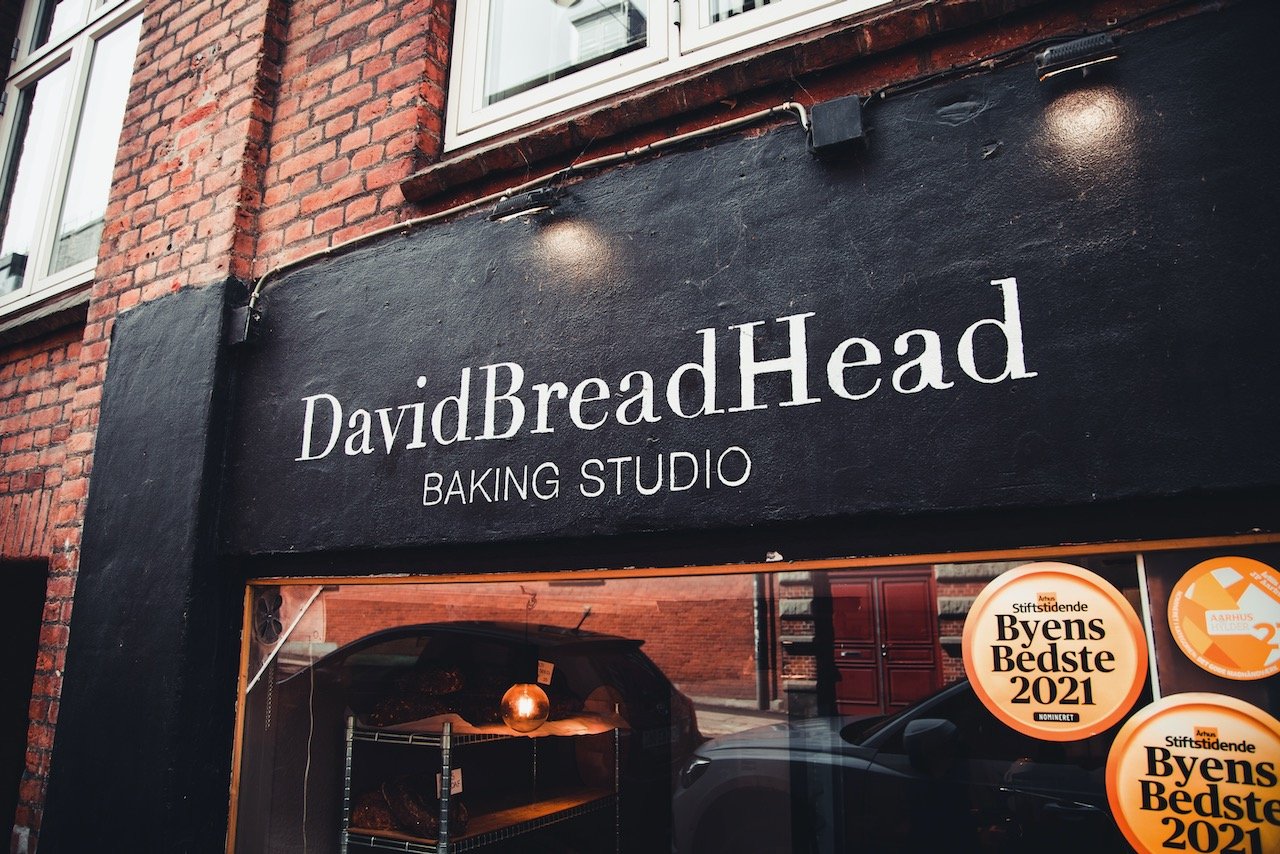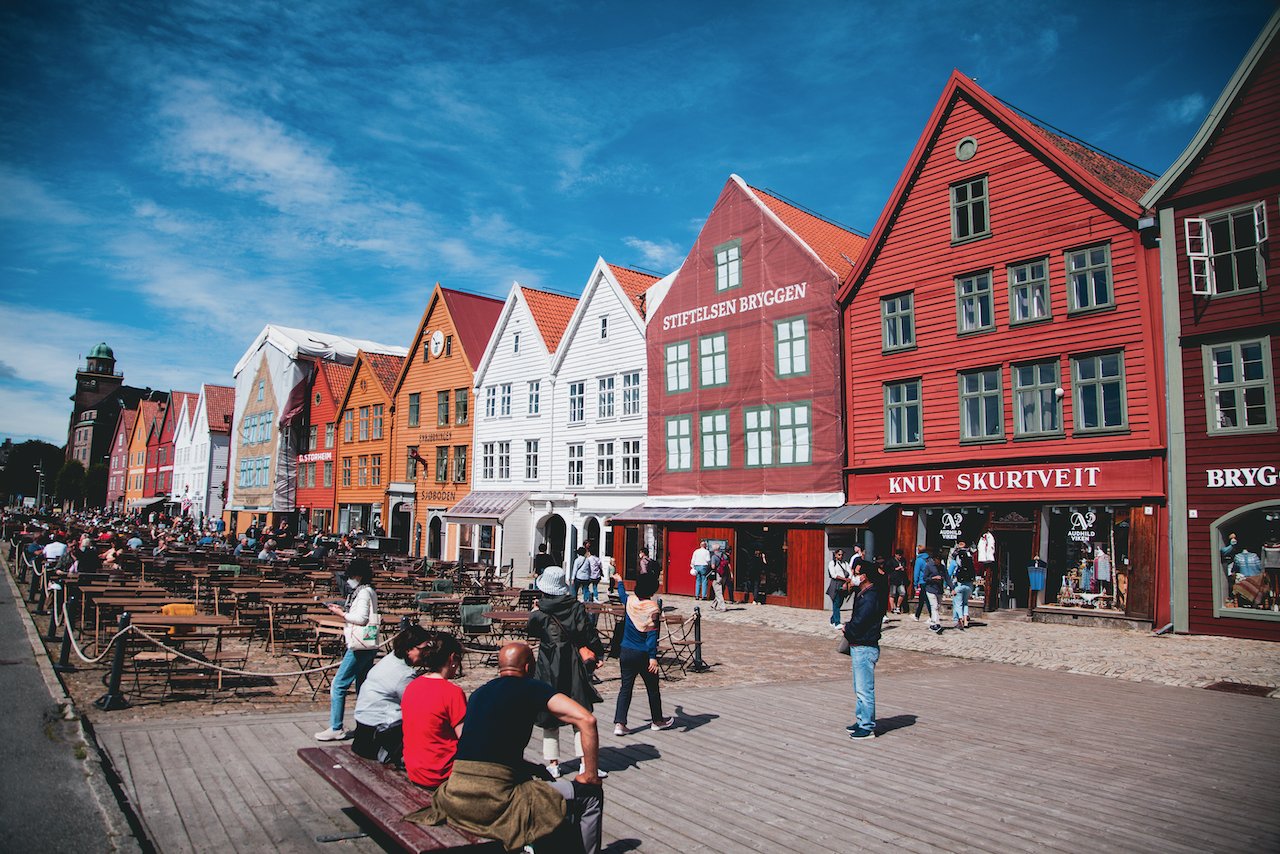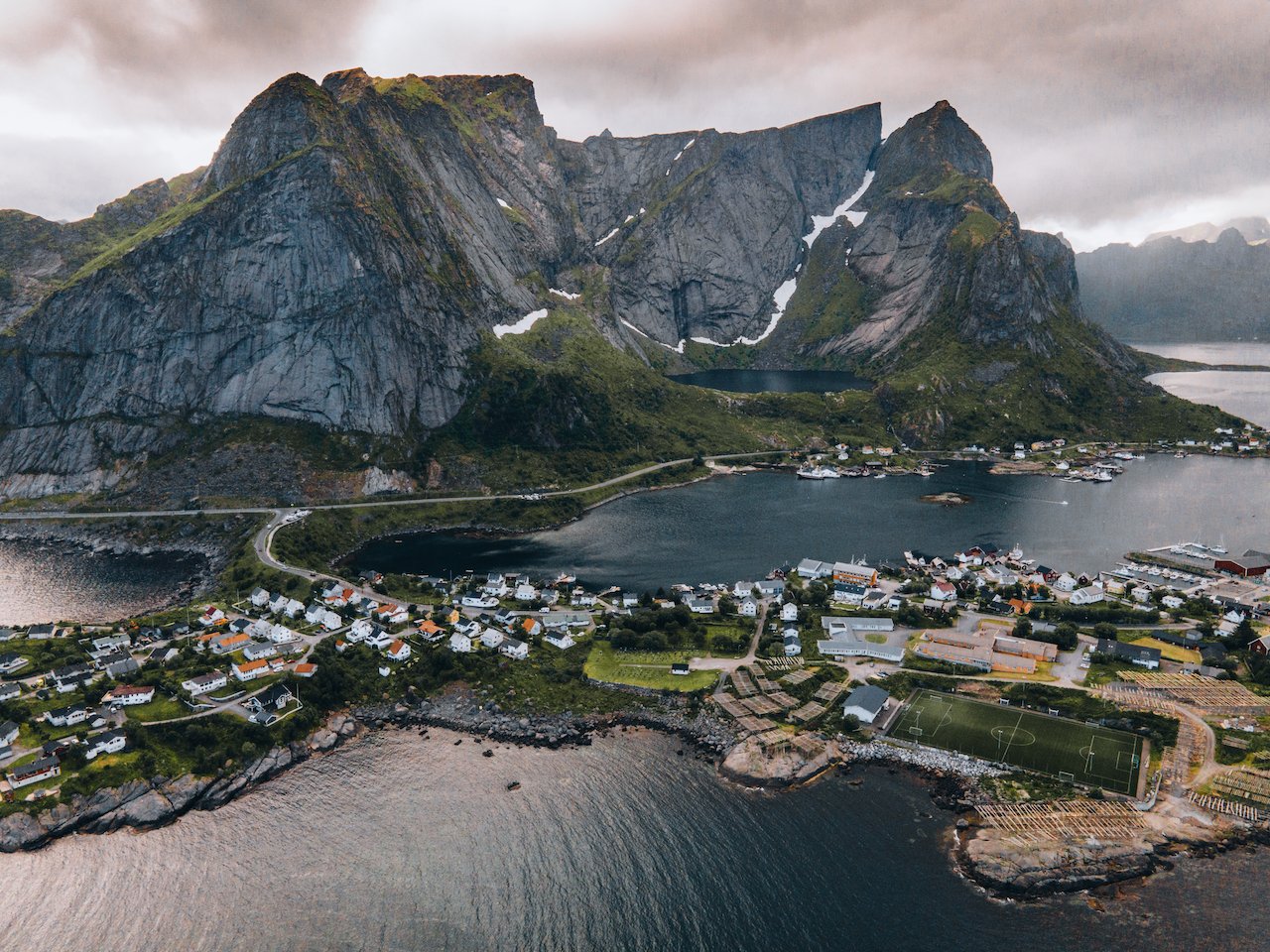A Weekend Trip to the Danish town of Aarhus
(Some links in this post are affiliate links. If you click through and take action, I'll be compensated.) If you are also interested in any PRINTS from any of my posts, be sure to check out my store where you can buy prints as posters, in metal/wooden frames or on canvas.
I must say, I really enjoy visiting 2nd cities. What I mean by a 2nd city is the 2nd most populated city of a country, usually after the capital city (though there are exceptions). I visited Copenhagen many years ago and really enjoyed it but I hadn’t been to Denmark since.
It wasn’t now where I had the chance to visit Aarhus, that is, the 2nd most populated city in Denmark, follow by Odense (the 3rd largest). These smaller cities usually have more charm in my opinion and the people can be a little bit different (still pleasant of course, but different than those who live in the capital).
Aarhus is the largest city situated in Jutland county in Denmark, home to about 336,000 inhabitants (at the time of writing this article). It is a city ripe with student life, as can be seen by the plethora of cafes and bicycles ever present on these city streets. After all it is home to the largest university in Scandinavia (Aarhus University). Furthermore, it is one of the oldest cities in Denmark, dating back to the 8th century.
Check out my drone video of Aarhus, Denmark below!
My parents were due to meet me in Copenhagen from home so I decided to start my short Denmark tour just a few days earlier and make my way by train to the Danish capital. First, I took a flight from my home base in Stockholm to Aalborg, Denmark (just a little over an hour), then the train down to Aarhus (about 2 hours) where I spent two days (a solid amount of time, 3 days may be even better). Here is what I saw and what I recommend:
The Aarhus Art Museum (ARoS) is perhaps the most recognizable building in all of Aarhus, characterized by its cube shaped, outfitted with a circular rainbow walkway perched on top. Established in 1859, it is the oldest art museum in Denmark (not considering Copenhagen) and attracts nearly a million visitors annually. Much of the works are from the Danish Golden Age with plans to expand the museum with new underground spaces. The exhibit on top of the building is called ‘Your Rainbow Panorama’ is most popular and features an outdoor café right below. This was easily one of my favorite places in the city.
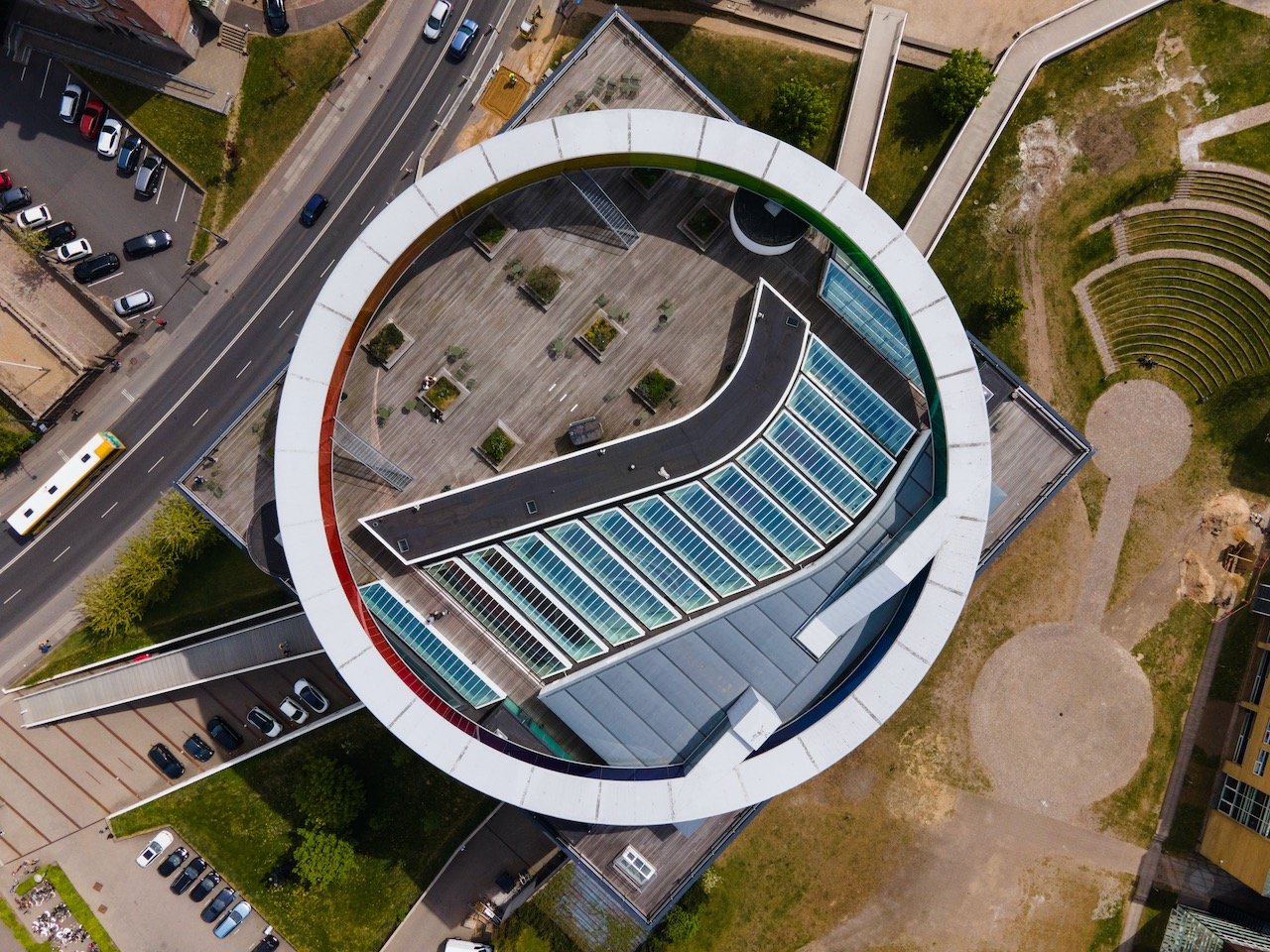
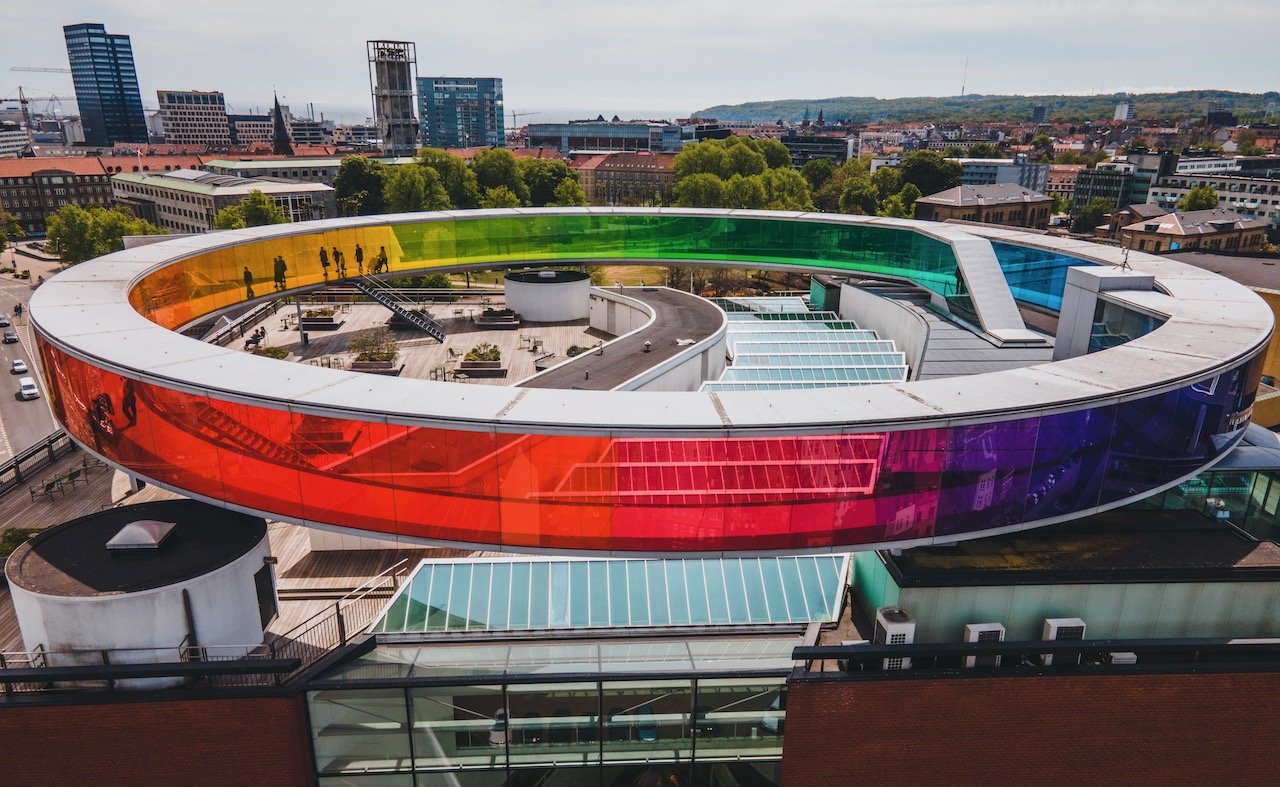
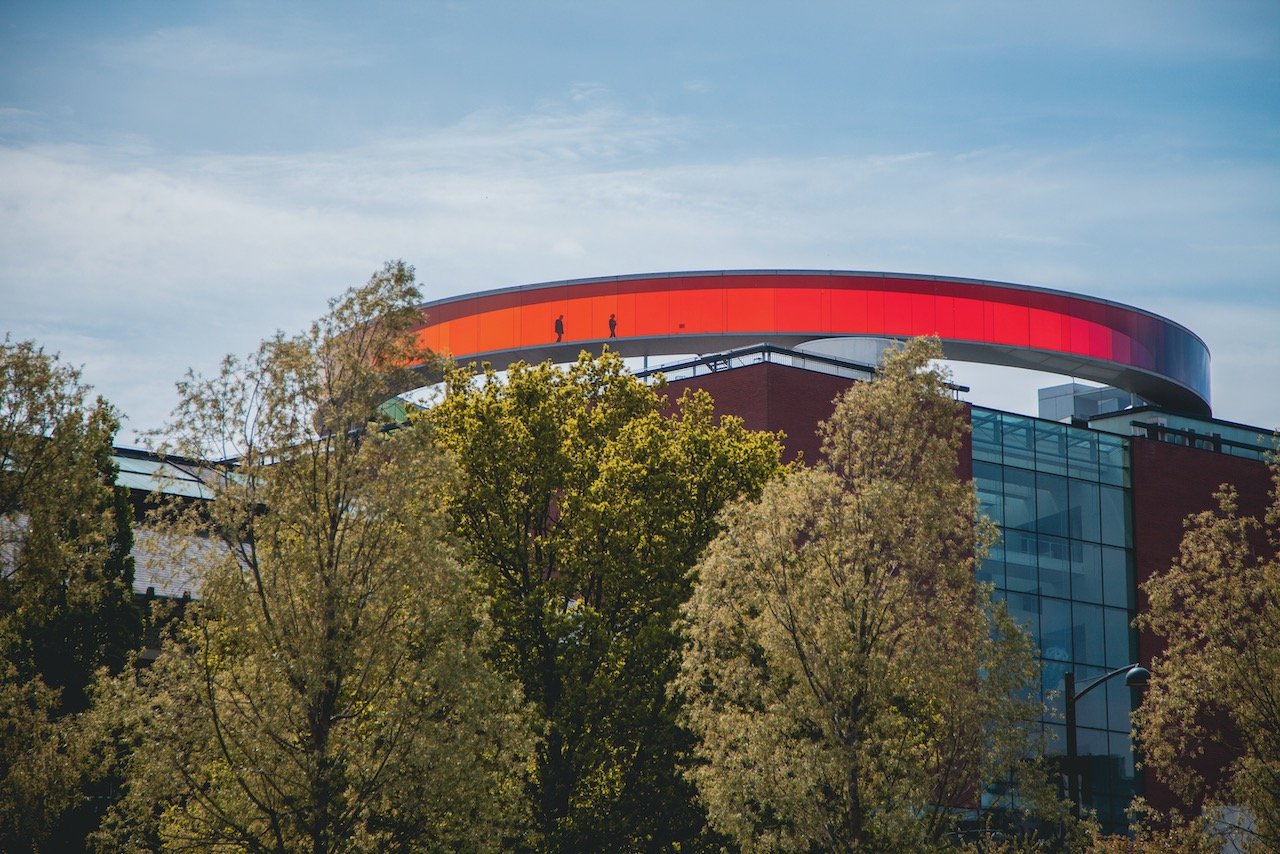
If you like some of my photos that you have come across, just know that I have many prints showcasing a variety of landscapes available for purchase below! (Sold as Posters, Canvas, or in Metal-Frames and Wooden-Frames).
Vadestedet is considered the center of the city with regards to where people love to be. It is a small sitting around situated on the canal that leads out into the seat, flanked by cafes, restaurants, bars, and nightclubs. It is a popular spot among students as well. The best time of day to experience this is early morning or right after dinner.
Mølleparken is a fantastic green space, centrally located in Aarhus, next to the Aarhus river. The name means ‘Mill Park’, which pays homage to the old mill that once stood on the property. The mill was demolished in 1927 and now the square has become a haven for young students and professionals alive, hoping to catch as much of the sun as possible. My hostel was located right in front of the park so I was lucky enough to enjoy it throughout the entirely of my stay.
As far as religious buildings go, you can’t miss the Aarhus Cathedral (Århus Domkirke). You literally cannot miss it. It is the longest and tallest church in all of Denmark at 93 meters long and 96 meters high, respectively. Its construction began in the 12th century and was finished in the year 1300 in the Romanesque style. It is located in Store Torv, which is one of the most popular squares in the city.
Sidebar: The height and location of the Aarhus Cathedral also reminds me of Hallgrímskirkja in Reykjavik, the capital of Iceland. Due to the smaller size of that city and how tall that church was, you could always orient yourself in the right direction just by looking for the church spire. Same thing here in Aarhus.
